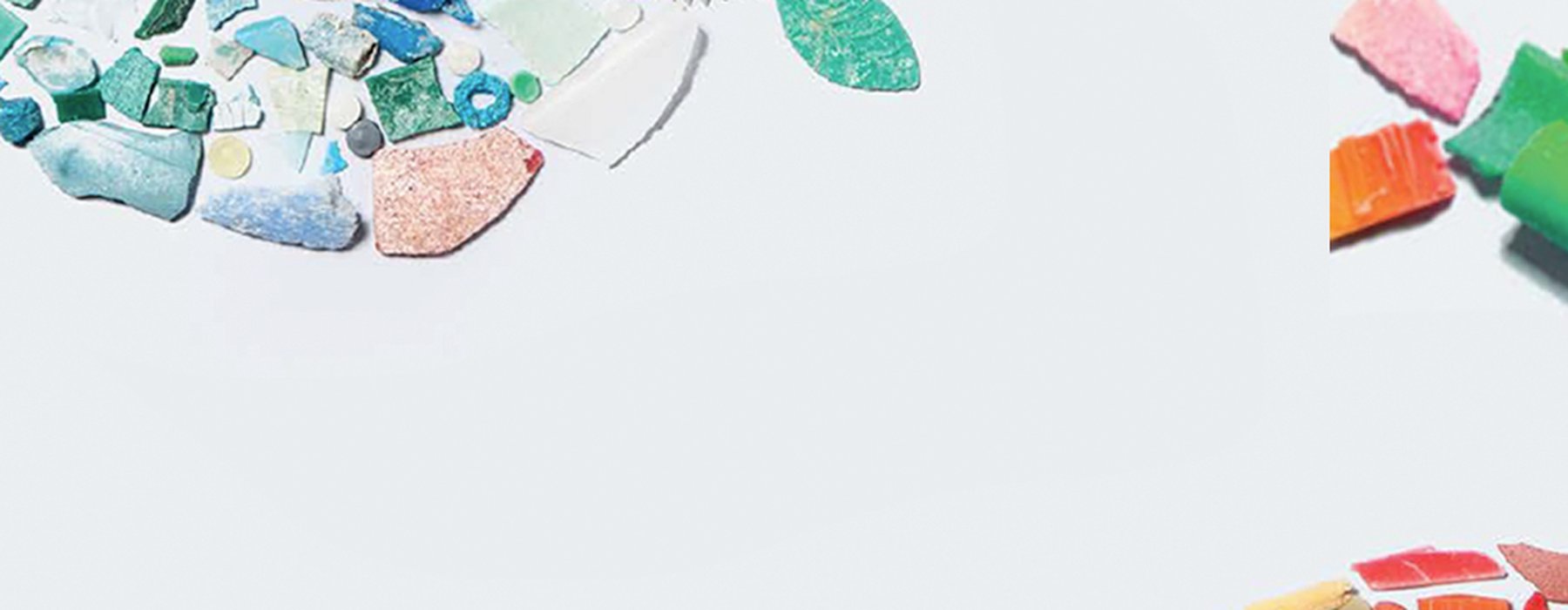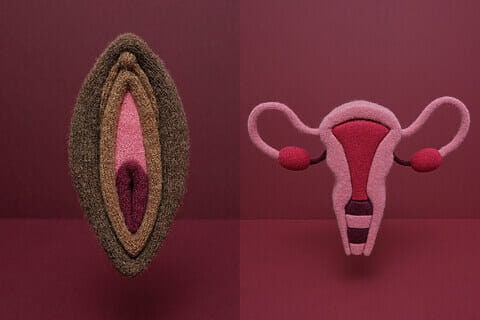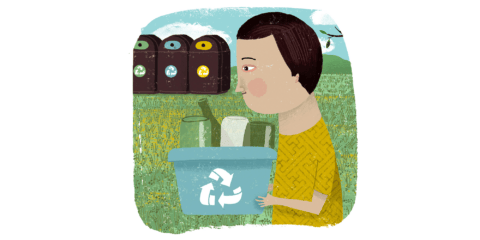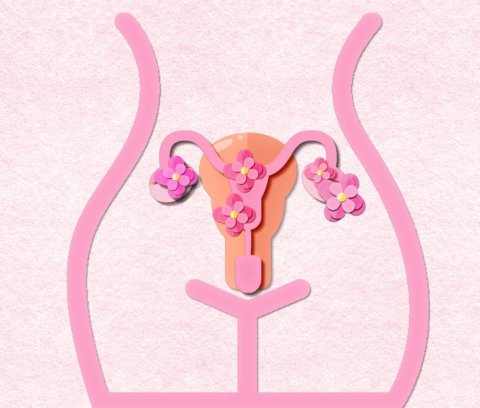Microplastics may be small, but they leave a large amount of destruction in their wake. What are these tiny pieces of plastic and how can we limit their environmental impact?
You’ve eliminated plastic bags and water bottles, said goodbye to straws and takeaway containers, but do you know how much plastic is in your underwear? Your shampoo and hand sanitiser? Carpet and tyres? A large proportion of things we use contain plastic, and as these items break down, microscopic pieces of the material break away and end up in the ocean, soil, air and waterways, and eventually our digestive systems and those of other animals.
“All plastics that have ever been produced in the world will become microplastics,” says Dr Trisia Farrelly, environmental anthropologist and senior lecturer at Massey University. This is because plastic breaks down but does not fully degrade, instead becoming tiny, microscopic bits. Microplastics are defined as pieces less than 5mm long, with some having broken down and others manufactured to be that small.
You’ve probably heard of the Great Pacific Garbage Patch – a soupy mix of plastic, gathered by currents into the middle of the North Pacific Ocean. It’s the largest of the five rubbish-filled gyres in the world, and it’s not all made up of lost jandals, plastic bottles and ghost fishing nets. Around 94% of the pieces of plastic in the Pacific patch are microplastics (although they only make up 8% of the weight, with fishing gear accounting for the most).
Two of the biggest microplastic contributors are tyres and synthetic clothing. Tyres shed plastic fibres while in motion, and these are washed to sea. When we wash synthetic clothing, thousands of microfibres are released, and as these are not sufficiently filtered out by our wastewater systems, they also end up in the ocean.
But it’s not just the ocean that is filling with plastic, says Trisia. “There’s new research showing edible plants, our fruits and vegetables, are now taking up microplastics into their root systems.” Trisia emphasises that it’s not so much the physical properties of plastic that are the problem if we ingest them, but the leaching of harmful additives into our systems, particularly because microplastics absorb other toxic chemicals.
Globally, the average person could be ingesting around five grams of plastic each week – the weight of a credit card
According to a 2019 report commissioned by World Wide Fund for Nature (WWF) and carried out by Australia’s University of Newcastle, globally, the average person could be ingesting around five grams of plastic each week – the weight of a credit card – with the majority of this coming from bottled and tap water, with shellfish being the second largest source. Additionally, many tea bags contain a plastic sealant, leading to microplastics being released in tea.
And then there’s the plastic we put on our bodies. While microbeads in cosmetic products have been banned in a number of countries, including New Zealand, liquid forms of plastic are not regulated. This means plastic is still used as an emulsifier or filler in many beauty, body and household products, including shampoo, detergent, moisturiser, body wash and the now-ubiquitous hand sanitiser.
With United Nations World Oceans Day on June 8, it’s a good time to think about how many pieces of plastic you are washing down the drain. According to a 2016 report by the Ellen MacArthur Foundation and the World Economic Forum, the equivalent of a truckload of plastic enters the ocean every minute. The report also predicted that by 2050, in terms of weight, there could be more plastic than fish in the ocean.
Overwhelming? Yes. Thankfully, Trisia, who is a member of the United Nations Environment Assembly’s expert group on marine litter and microplastics, is campaigning for a global plastic pollution treaty alongside a number of other experts. Over 130 countries have either indicated interest or outright support for a treaty that will tackle plastic pollution, and more than two million people have signed a WWF petition calling for one – you can sign it at wwf.org.nz/ take_action/stopplasticpollution.
What else can you do on a personal level? You can buy less plastic, drive less and wash synthetic clothing less. You can opt for natural fibres when possible, and fit a filter on your washing machine to limit microplastics being released (or, better yet, campaign for manufacturers to build these into their products). You can scan the ingredients of your beauty, body and household products to ensure they don’t contain plastics – look for words like polyethylene, polypropylene, polymethyl methacrylate, nylon, polyurethane and acrylates copolymer – for a more extensive list, visit beatthemicrobead.com or download the organisation’s handy app.
You can opt for biodegradable glitter and reconsider those sequins on your festival outfit. And remember, when your nail polish chips, those are tiny pieces of plastic entering the environment right there. Most importantly, you can ask companies to take responsibility for their packaging and materials, rather than putting the mammoth task of cleaning up the ever-growing flow of plastics onto the consumer.
As Trisia wrote in an article for The Conversation regarding the plastic problem, “It is time to stop trying (and failing) to bail out the bathtub. Instead, we need to turn off the tap.”








